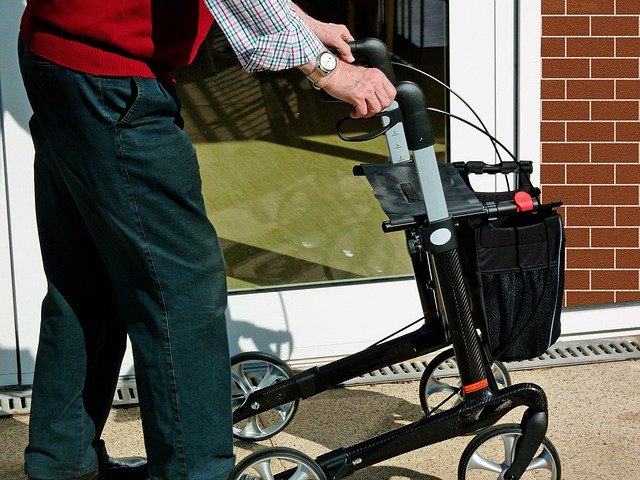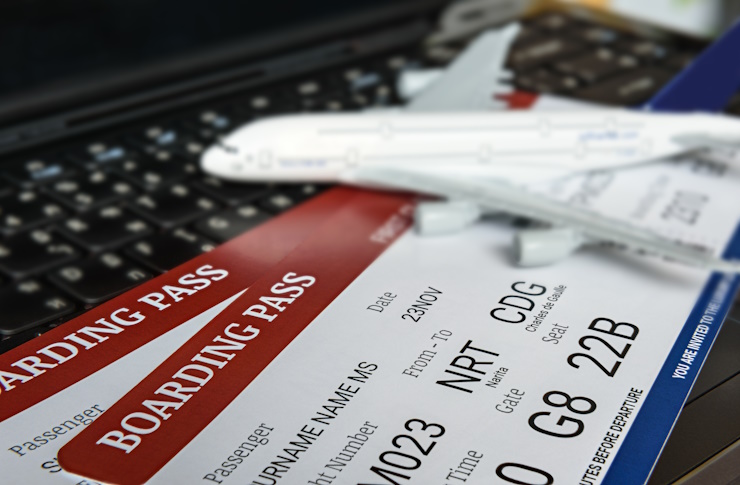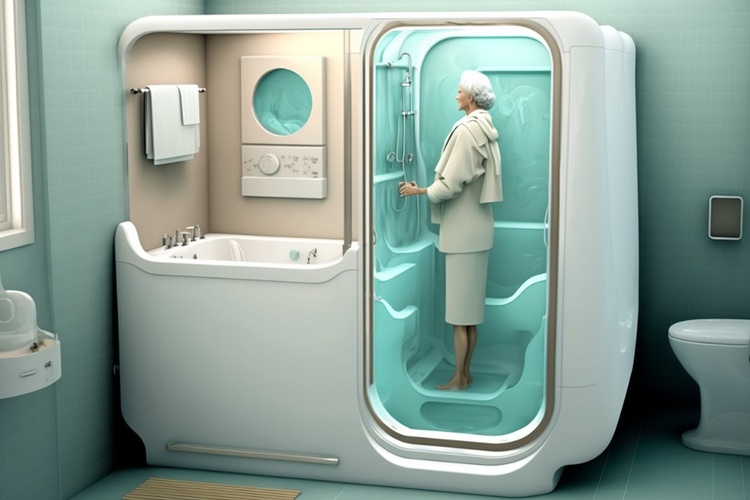Essential Guide to Modern Mobility for Seniors: Ensuring Independence and Active Living
Maintaining independence and an active lifestyle becomes increasingly important as we age. Modern mobility solutions have evolved significantly, offering seniors a wide range of options designed to support their daily activities while promoting safety and confidence. Understanding the available choices, safety considerations, and financial resources can help seniors and their families make informed decisions that enhance quality of life and preserve autonomy.

As individuals age, mobility challenges can significantly impact their ability to perform everyday tasks and maintain the independence they cherish. Modern mobility aids have transformed the landscape of senior care, providing innovative solutions that address various physical limitations while supporting active lifestyles. These devices range from simple walking canes to sophisticated rollators equipped with advanced features, each designed to meet specific needs and preferences.
Exploring Mobility Options for Seniors
The market offers diverse mobility solutions tailored to different levels of physical ability and lifestyle requirements. Standard walkers provide stable four-point support and are ideal for individuals who need consistent balance assistance indoors. Two-wheeled walkers offer enhanced maneuverability while maintaining stability, making them suitable for those who can lift the device slightly when moving. Rollators, featuring three or four wheels, hand brakes, and often a built-in seat, represent the most versatile option for seniors who remain relatively active but need periodic rest breaks. Knee walkers serve individuals recovering from foot or ankle injuries, while hemi-walkers cater to those with one-sided weakness. Understanding these distinctions helps seniors select devices that align with their specific mobility challenges and daily routines.
Understanding Safety Features in Mobility Devices
Safety remains paramount when selecting mobility aids. Modern devices incorporate numerous features designed to prevent falls and enhance user confidence. Ergonomic hand grips reduce strain on wrists and hands, while adjustable height settings ensure proper posture and weight distribution. Locking mechanisms on rollators prevent unintended movement when users sit or stand. Non-slip rubber tips on walker legs provide traction on various surfaces, and some models include reflective elements for visibility in low-light conditions. Weight capacity ratings ensure devices can safely support individual users, typically ranging from 250 to 400 pounds depending on the model. Advanced rollators may feature intuitive braking systems that engage automatically when users apply downward pressure on the handles. These safety innovations work together to create a secure mobility experience that reduces accident risk.
Evaluating the Impact of Mobility on Senior Independence
Mobility aids profoundly influence senior independence by enabling continued participation in daily activities and social engagement. Research consistently demonstrates that appropriate mobility support reduces fall risk, which is a leading cause of injury among older adults. Beyond physical safety, these devices provide psychological benefits by restoring confidence and reducing the fear of falling that often leads to self-imposed activity restrictions. Seniors who use appropriate mobility aids report higher satisfaction with their ability to shop independently, visit friends and family, and maintain household responsibilities. The preservation of independence through mobility support correlates with better mental health outcomes, reduced isolation, and enhanced overall quality of life. Choosing the right device becomes an investment in maintaining autonomy and continuing the activities that bring meaning and joy to daily life.
Cost Considerations and Available Options
Understanding the financial aspects of mobility aids helps seniors and families plan appropriately. Prices vary significantly based on features, materials, and brand reputation. Basic walkers without wheels typically cost between $30 and $80, offering an affordable entry point for those with straightforward needs. Two-wheeled walkers range from $50 to $150, while standard rollators with seats and storage baskets generally fall between $80 and $300. Premium rollators with advanced features such as larger wheels for outdoor use, ergonomic designs, and durable construction may cost $300 to $600 or more. Specialized options like knee walkers typically range from $100 to $400, depending on quality and features.
| Device Type | Price Range | Key Features |
|---|---|---|
| Standard Walker | $30 - $80 | Four-point support, lightweight, foldable |
| Two-Wheeled Walker | $50 - $150 | Front wheels, rear glides, improved maneuverability |
| Basic Rollator | $80 - $200 | Four wheels, hand brakes, basic seat |
| Premium Rollator | $200 - $600 | Ergonomic design, large wheels, storage, adjustable features |
| Knee Walker | $100 - $400 | Steerable, padded knee platform, hand brakes |
Prices, rates, or cost estimates mentioned in this article are based on the latest available information but may change over time. Independent research is advised before making financial decisions.
Resources for Financial Assistance with Mobility Aids
Numerous programs and resources exist to help seniors afford necessary mobility devices. Medicare Part B may cover a portion of walker costs when deemed medically necessary and prescribed by a doctor, though coverage typically applies to standard models rather than premium rollators. Medicaid programs vary by state but often provide mobility aid coverage for eligible individuals. Veterans may access benefits through the Department of Veterans Affairs, which supplies mobility devices to qualifying veterans at no cost. Many private insurance plans include durable medical equipment benefits that cover mobility aids partially or fully. Non-profit organizations, community health centers, and local senior service agencies sometimes maintain equipment lending programs or offer financial assistance for purchases. Medical supply stores occasionally provide rental options, allowing seniors to try devices before purchasing. Hospital social workers and occupational therapists can guide families toward appropriate financial resources based on individual circumstances.
Expert Tips for Maintaining Active Lifestyles in Later Years
Mobility aids serve as tools that enable rather than limit active living. Experts recommend gradually increasing walking distances as confidence builds, starting with short indoor trips before progressing to outdoor excursions. Regular maintenance of mobility devices ensures optimal performance and safety—checking tire pressure on rollators, inspecting rubber tips for wear, and tightening loose bolts prevents equipment failure. Physical therapists can provide training on proper device use, correct posture, and techniques for navigating stairs, curbs, and uneven terrain safely. Incorporating strength and balance exercises into daily routines enhances the effectiveness of mobility aids by maintaining muscle tone and coordination. Seniors should customize their devices with accessories like cup holders, baskets, or cane holders to support their specific activities. Participating in senior walking groups or community exercise programs provides social connection while promoting physical activity. The key lies in viewing mobility aids not as symbols of limitation but as enablers of continued engagement with life’s meaningful activities.
Mobility challenges need not define the senior experience. With appropriate devices, safety awareness, financial resources, and a proactive approach to active living, older adults can maintain independence and quality of life. The evolving landscape of mobility solutions continues to offer innovative options that respect individual needs while supporting the dignity and autonomy that every senior deserves.
This article is for informational purposes only and should not be considered medical advice. Please consult a qualified healthcare professional for personalized guidance and treatment.




